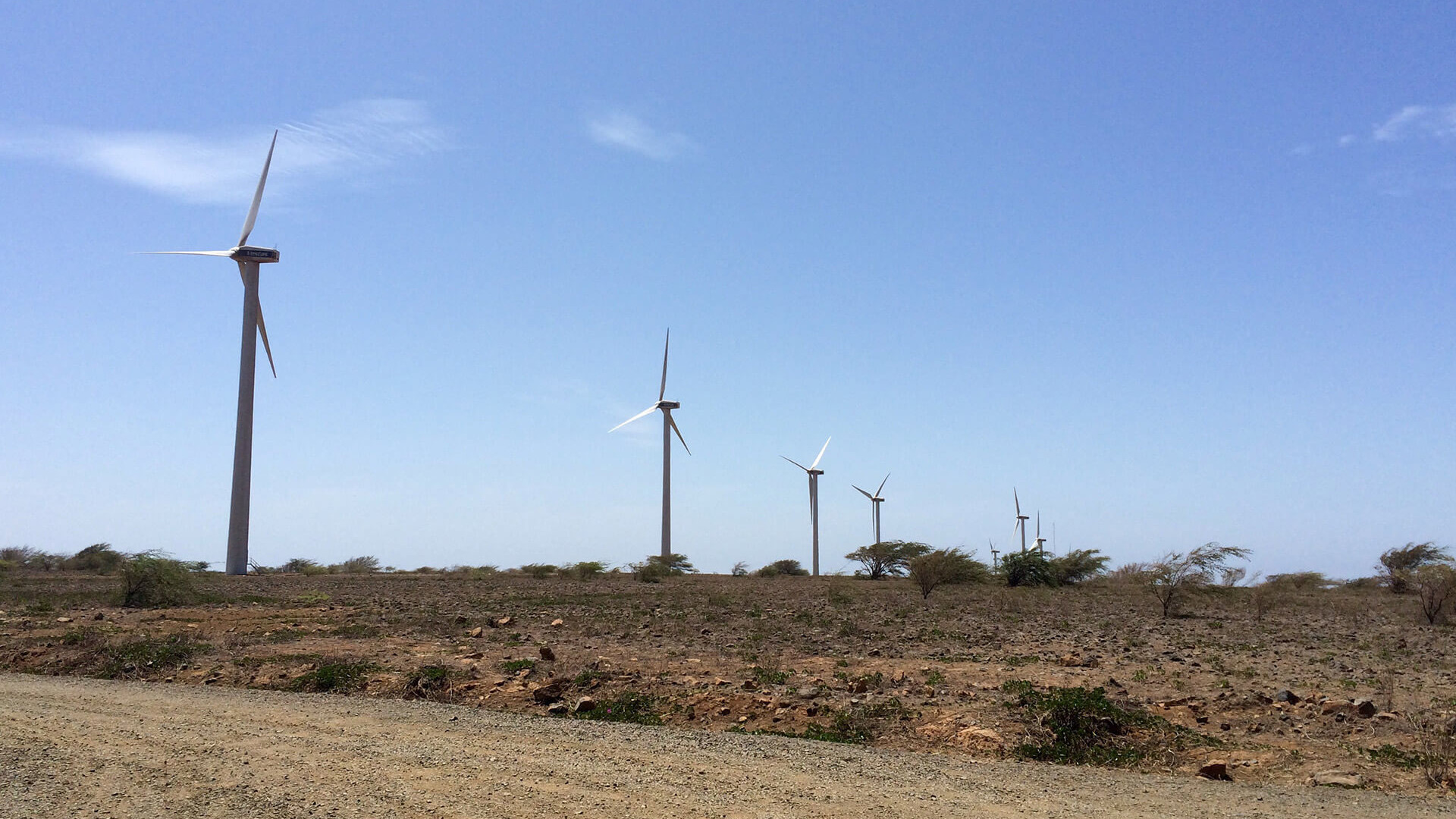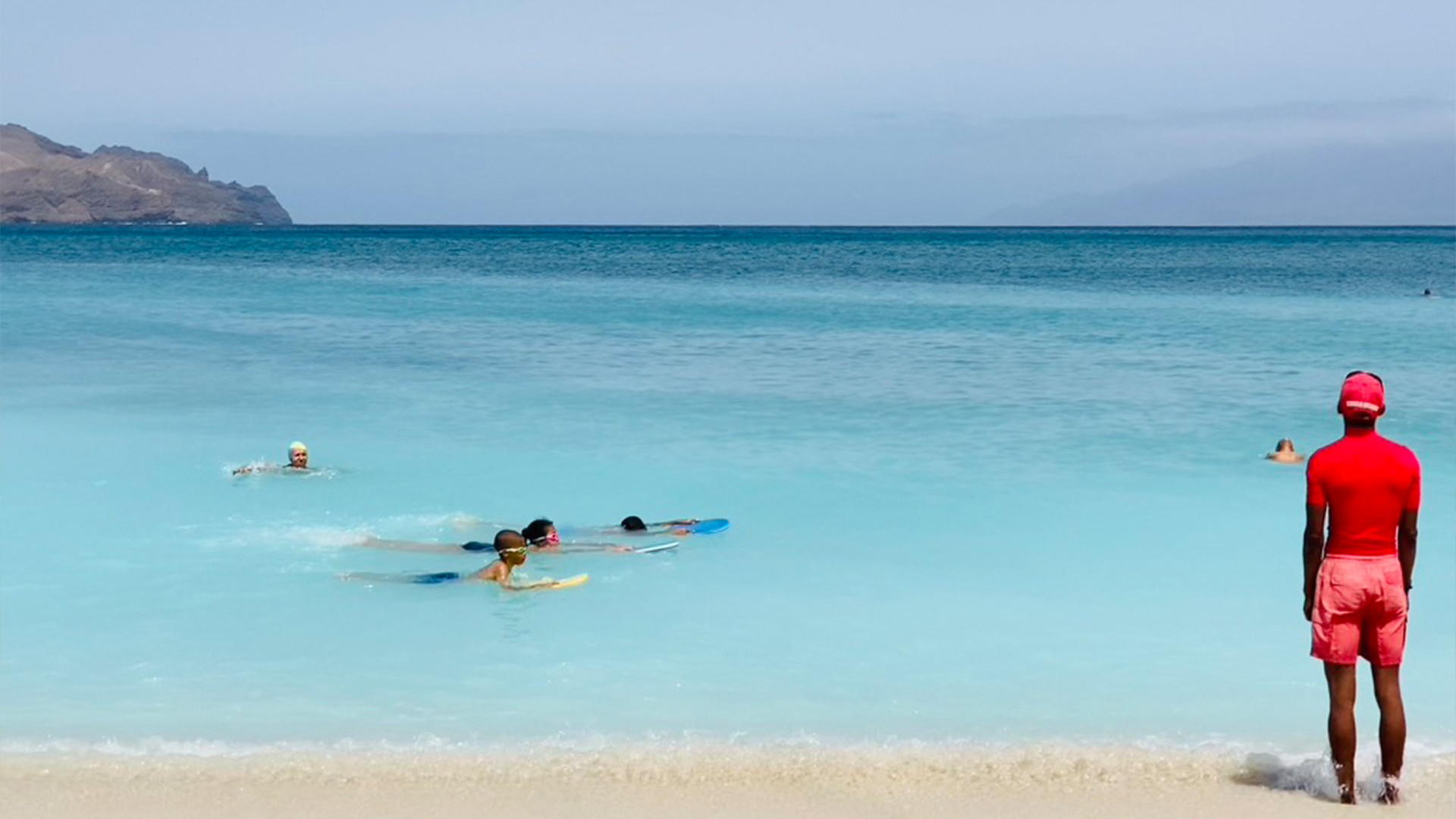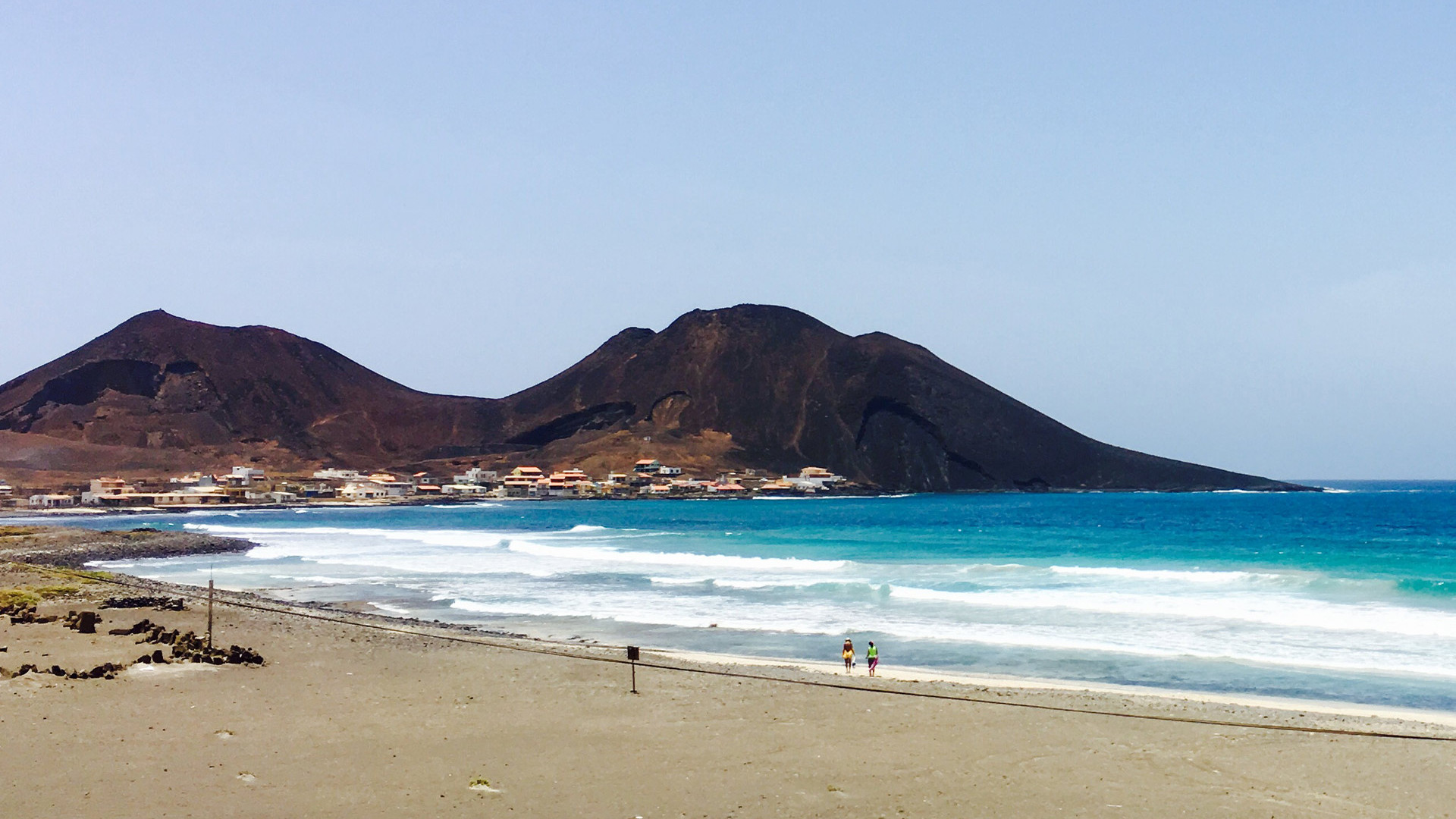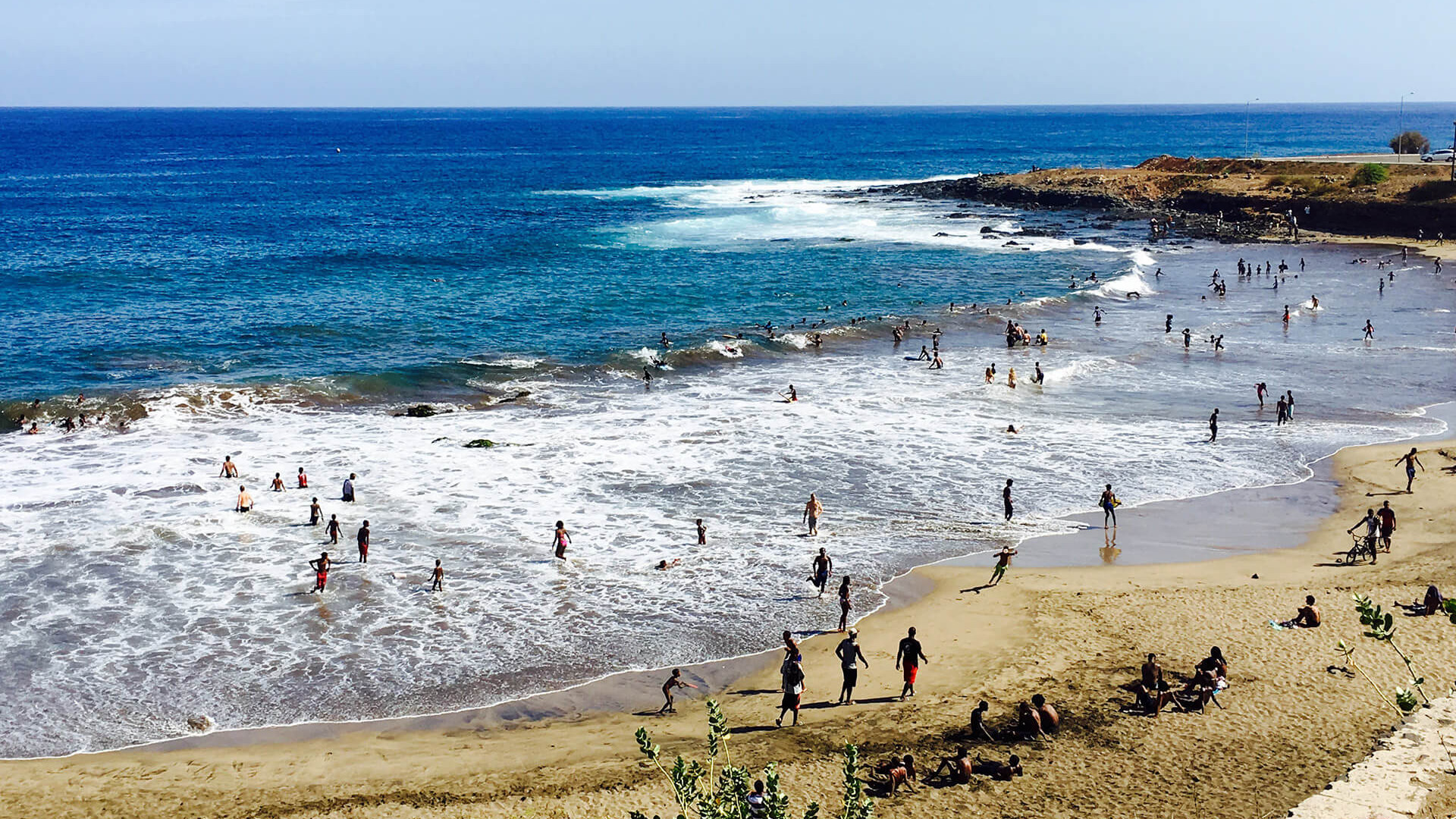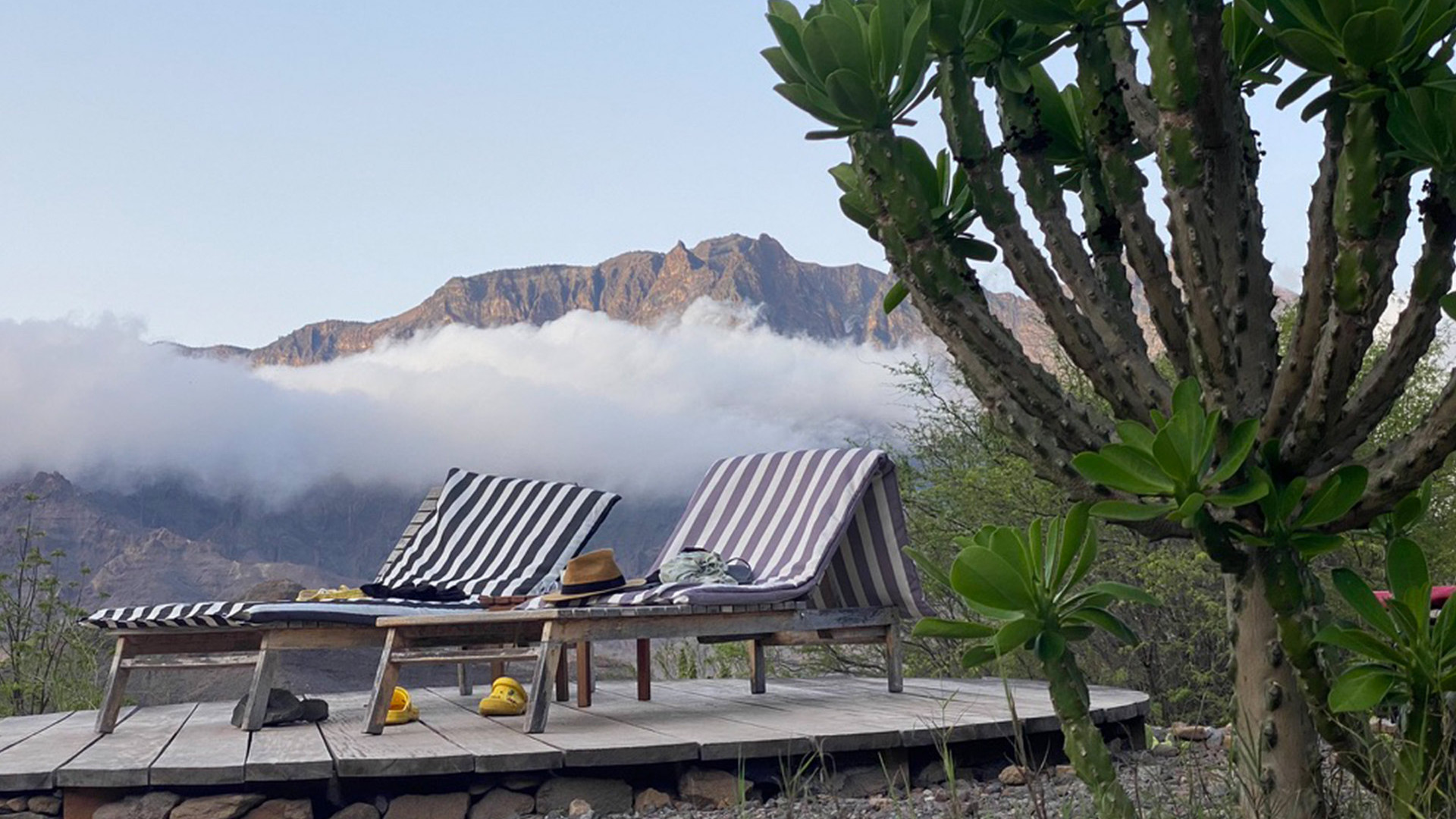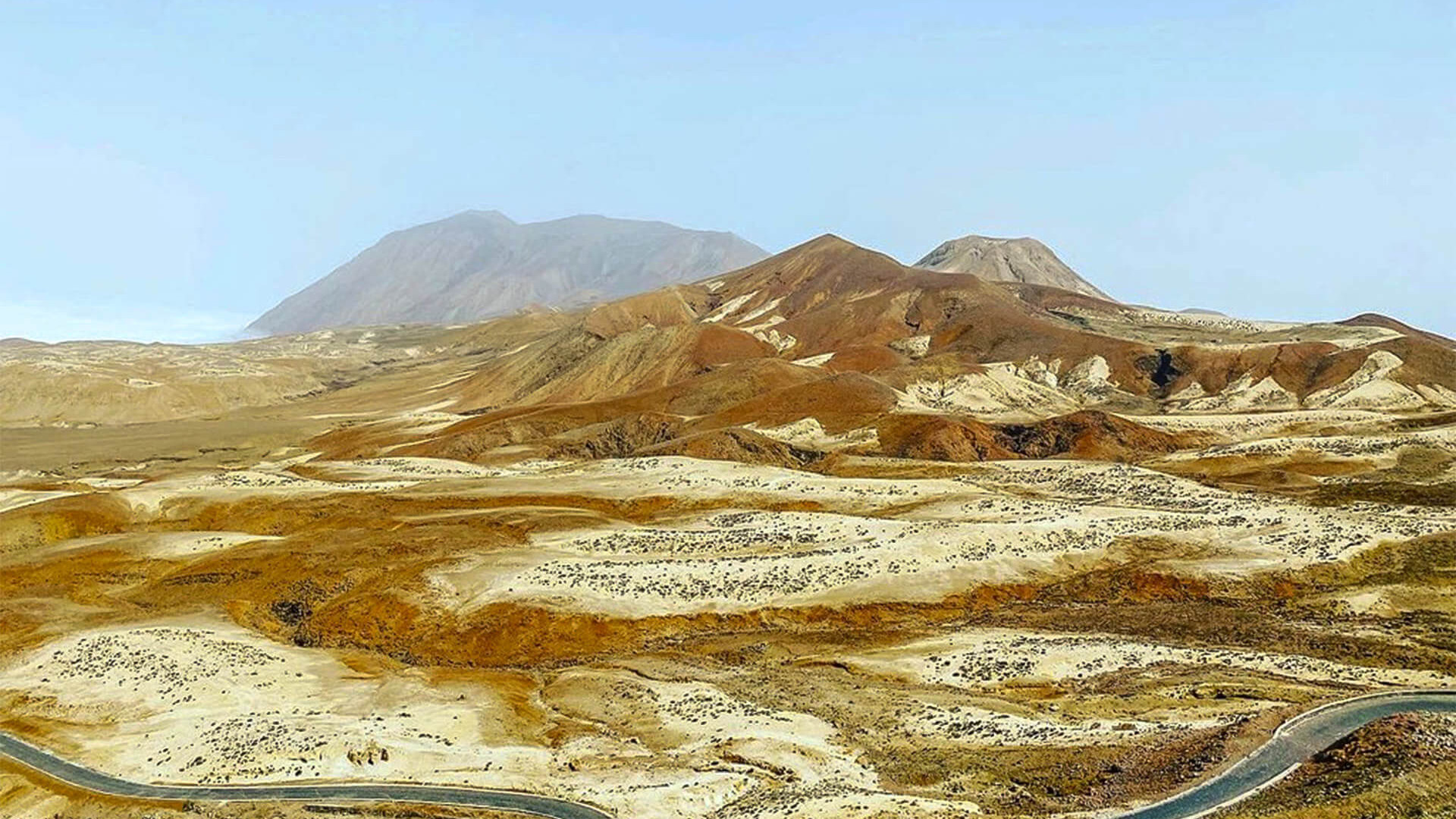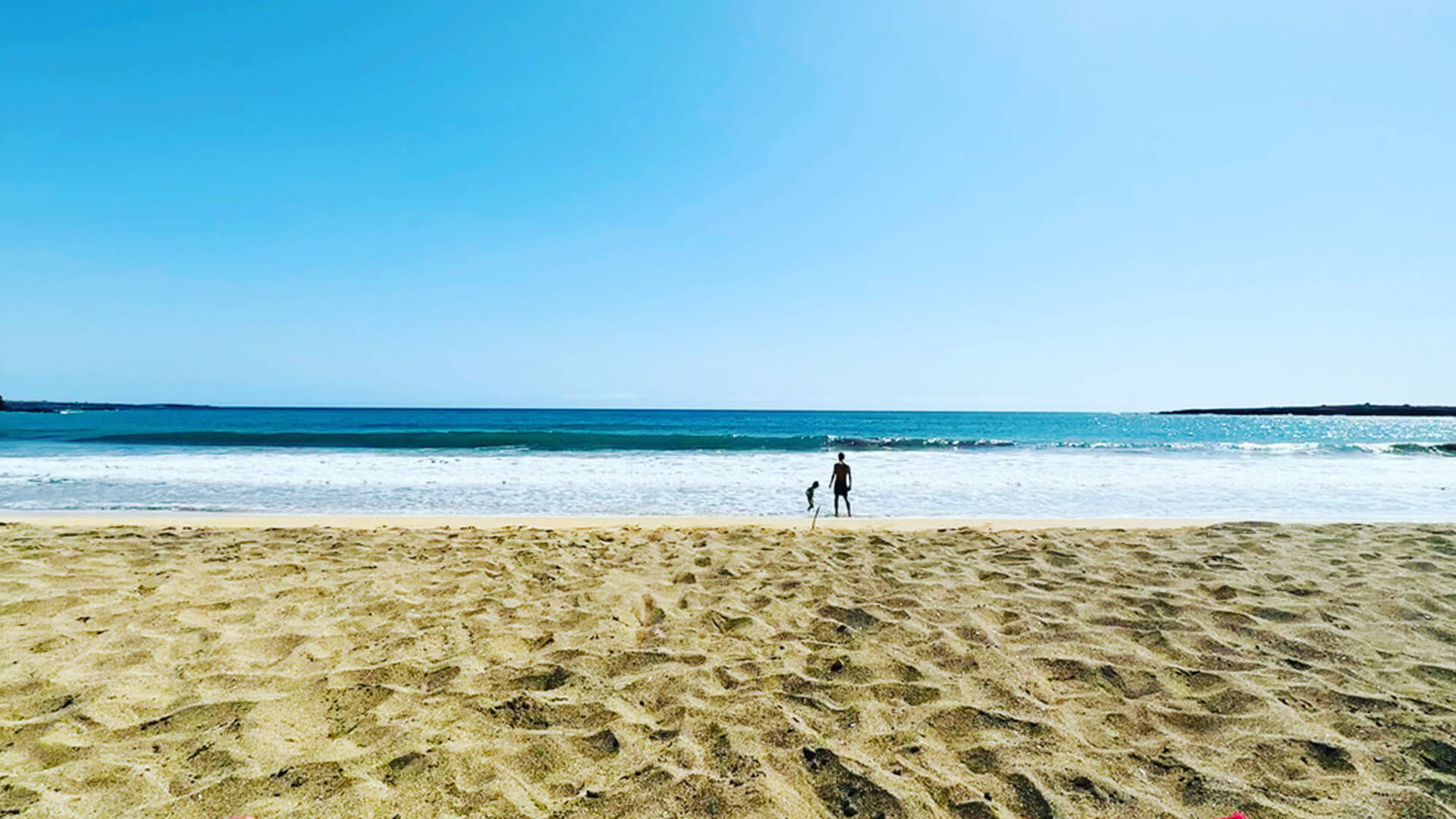As a Small Island Developing States (SIDS) and Sahelian country, Cabo Verde is vulnerable to climate change, so the Government has adopted climate change as a state policy, by having climate integrated into the main programmes and strategic development plans (PEDS – Sustainable Development Strategic Plan, Ambition 2030, National Adaptation Plan, Nationally Determined Contribution – NDC), covering different sectors, including the green and blue economies.
Cabo Verde has been taken several measures to address the impacts of climate change, including reforestation, soil protection, biodiversity conservation, water mobilisation, protected areas, plastic reduction, environmental legislation, and capacity building.
With a penetration rate of 20% of renewable energy, the country intends to reach 100% renewable energy by 2040, by combining solar and wind energy and low carbon circulation, with incentives for electric vehicles, mainly public transport.
The country has been participating in regional and international forums on climate change and governance, and has signed the main international treaties, including the United Nations Framework Convention on Climate Change, the Kyoto Protocol and the Paris Agreement.
Cabo Verde has been taken several measures to address the impacts of climate change, including reforestation, soil protection, biodiversity conservation, water mobilisation, protected areas, plastic reduction, environmental legislation, and capacity building.
With a very specific fauna and flora, the protection of biodiversity is vital for the country. Together with Samoa and Seychelles, Cabo Verde co-led the creation of the Coalition for Nature (SCFN), with the participation of several SIDS and friendly countries, with the aim of becoming a single voice in defence of the priorities and common needs of SIDS with regard to biodiversity, including the need for more means to implement biodiversity goals in SIDS countries.

